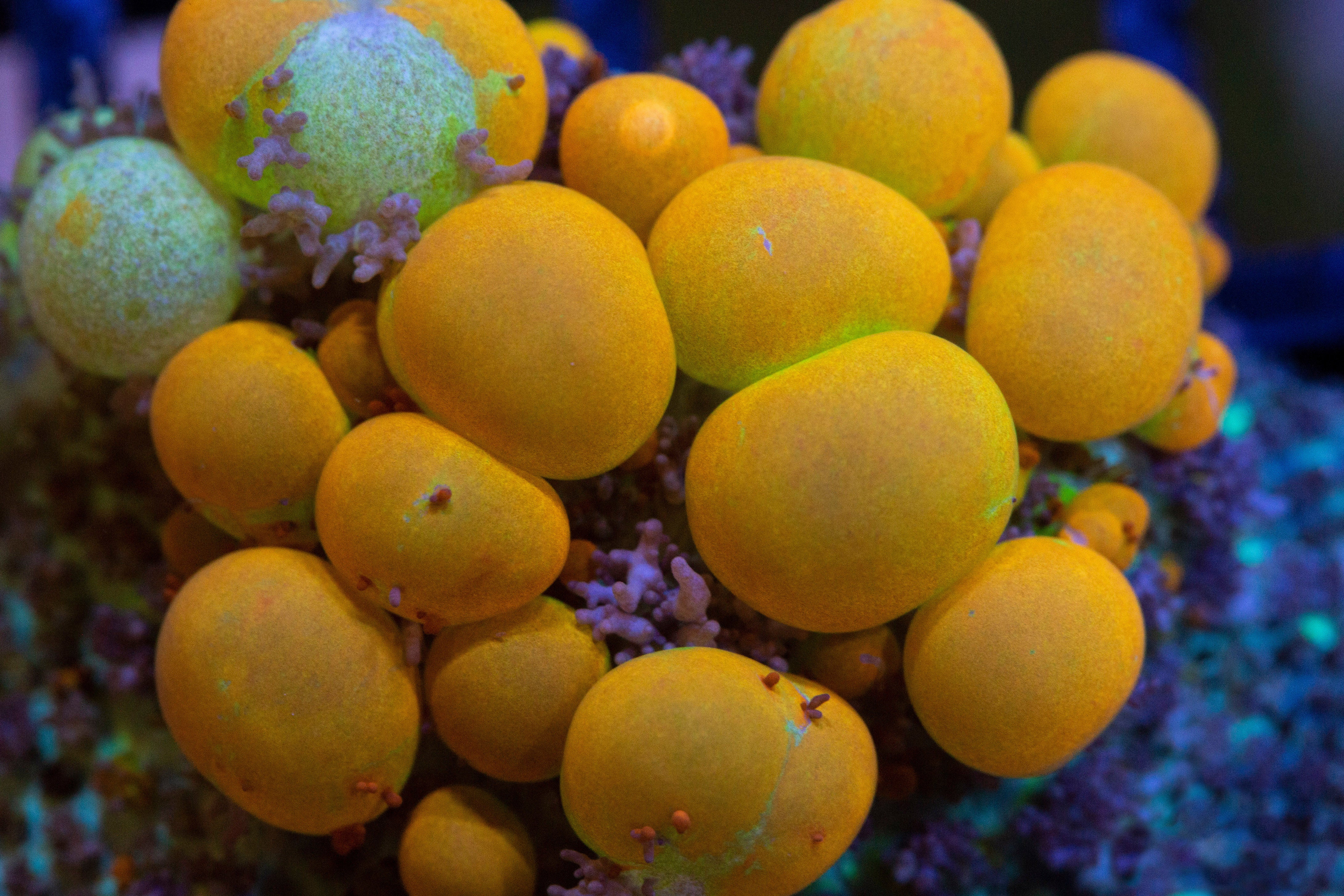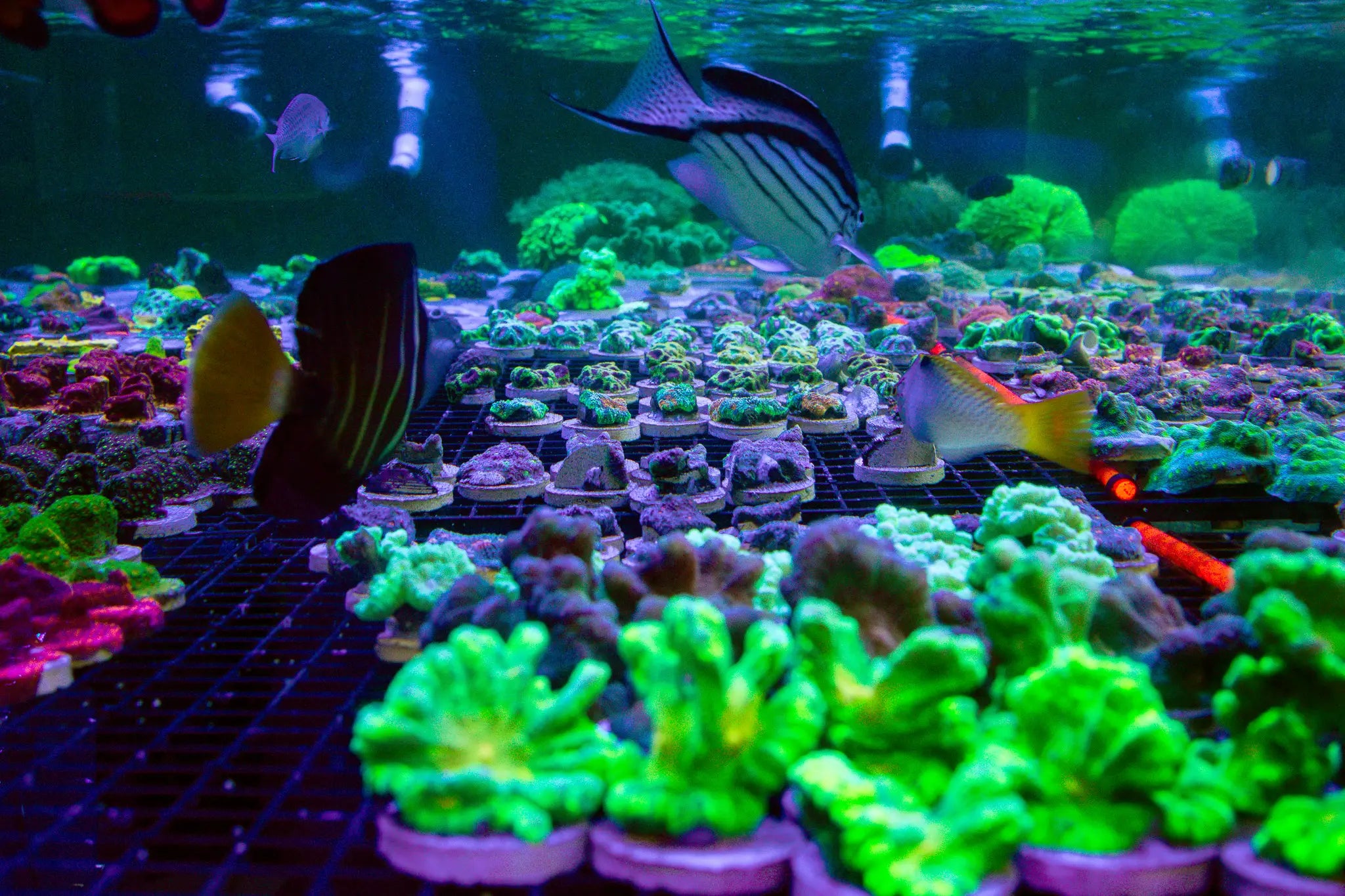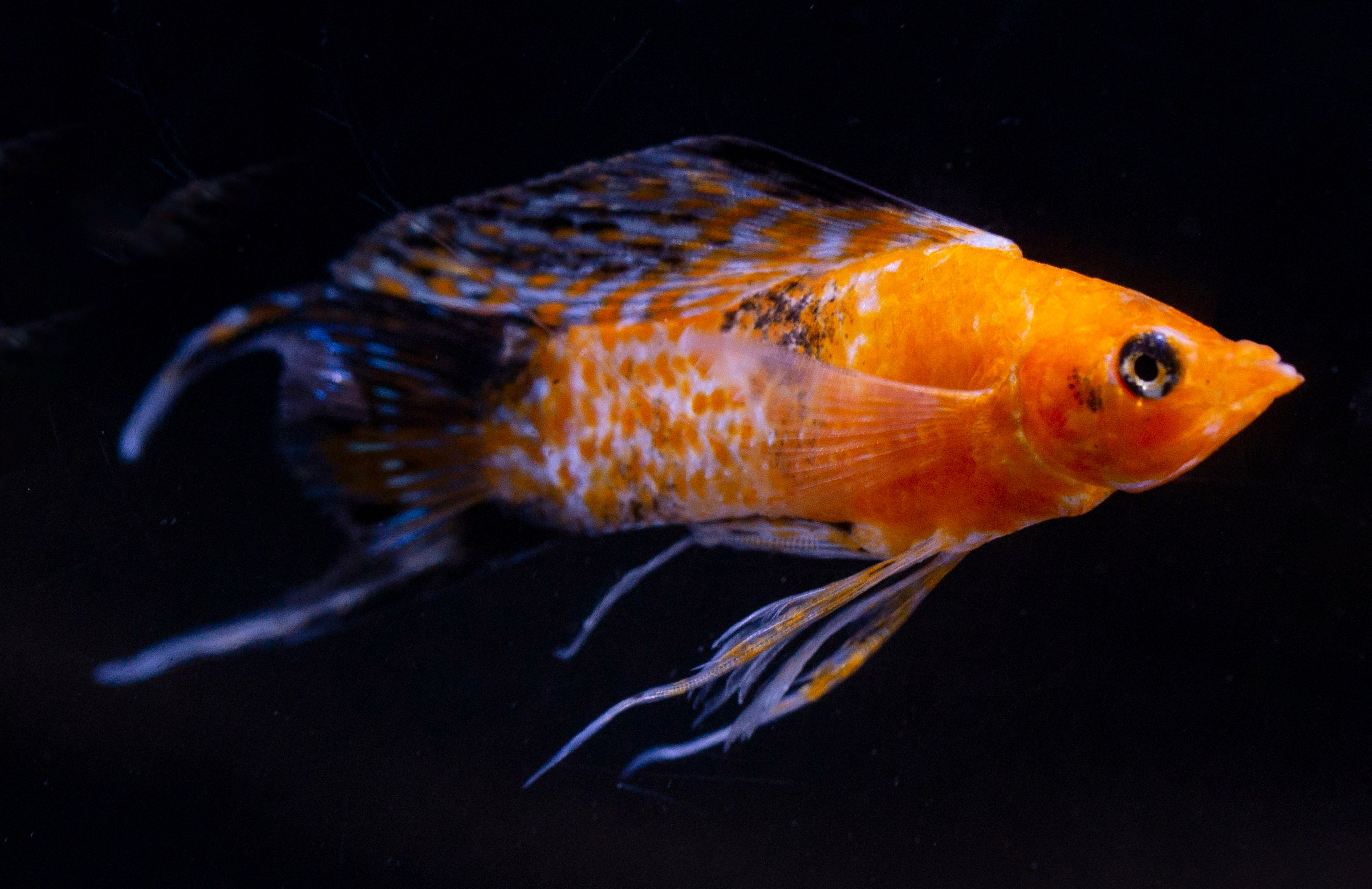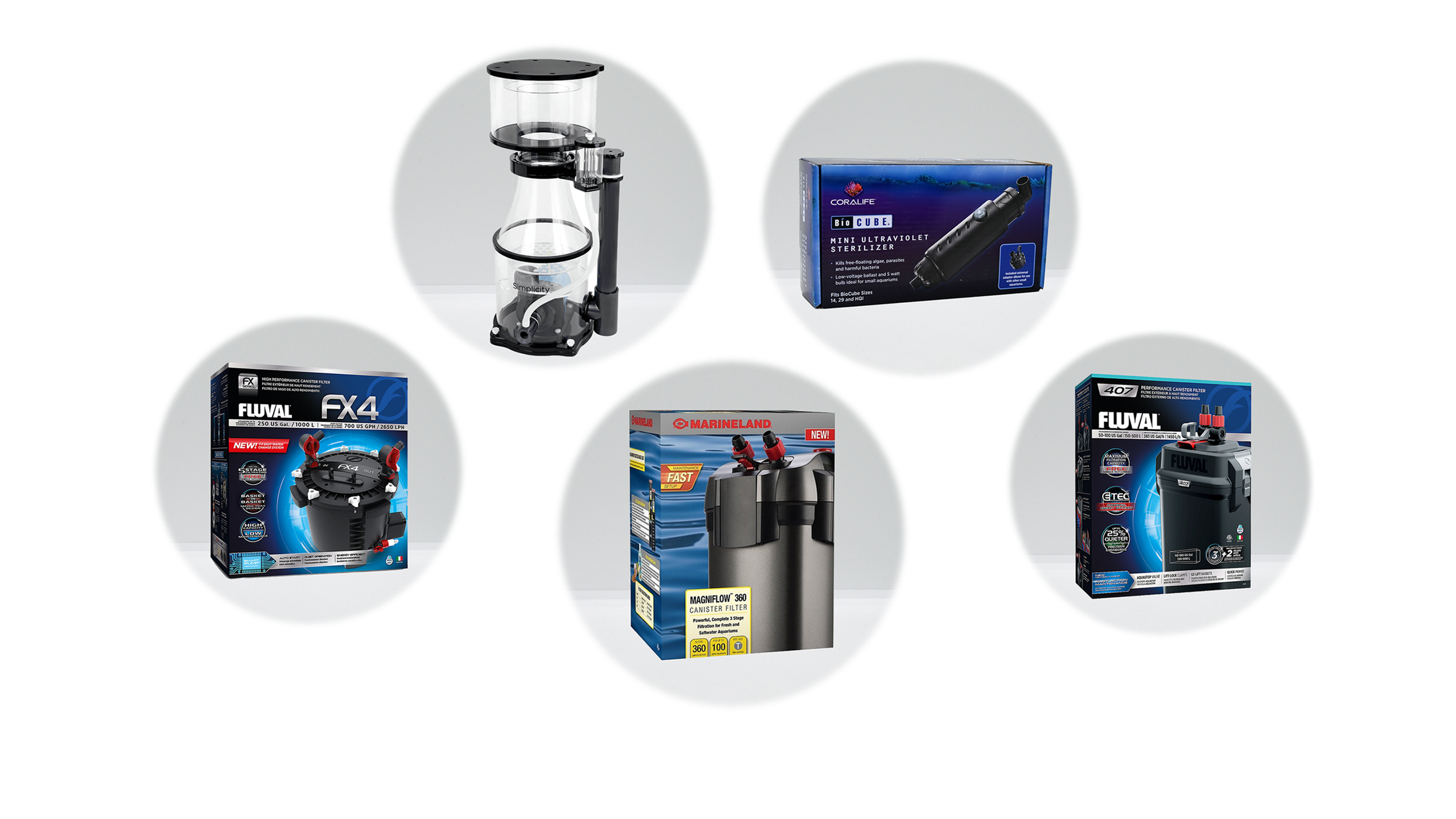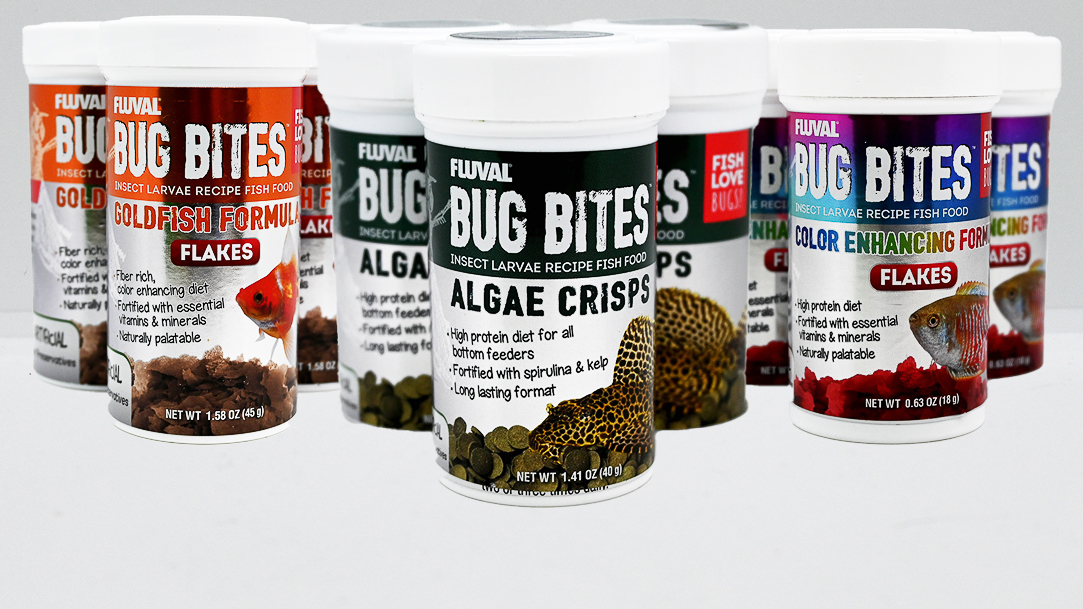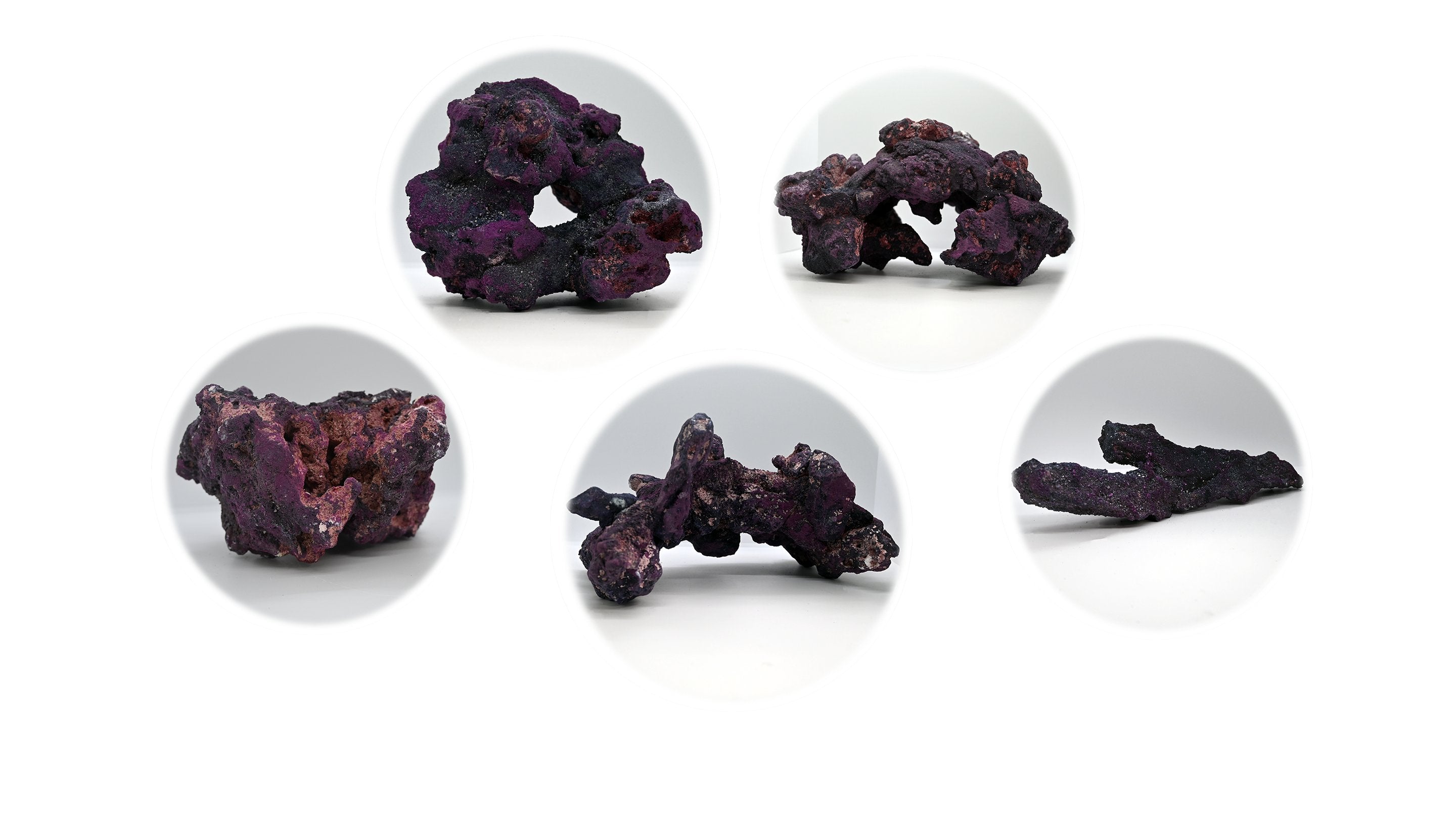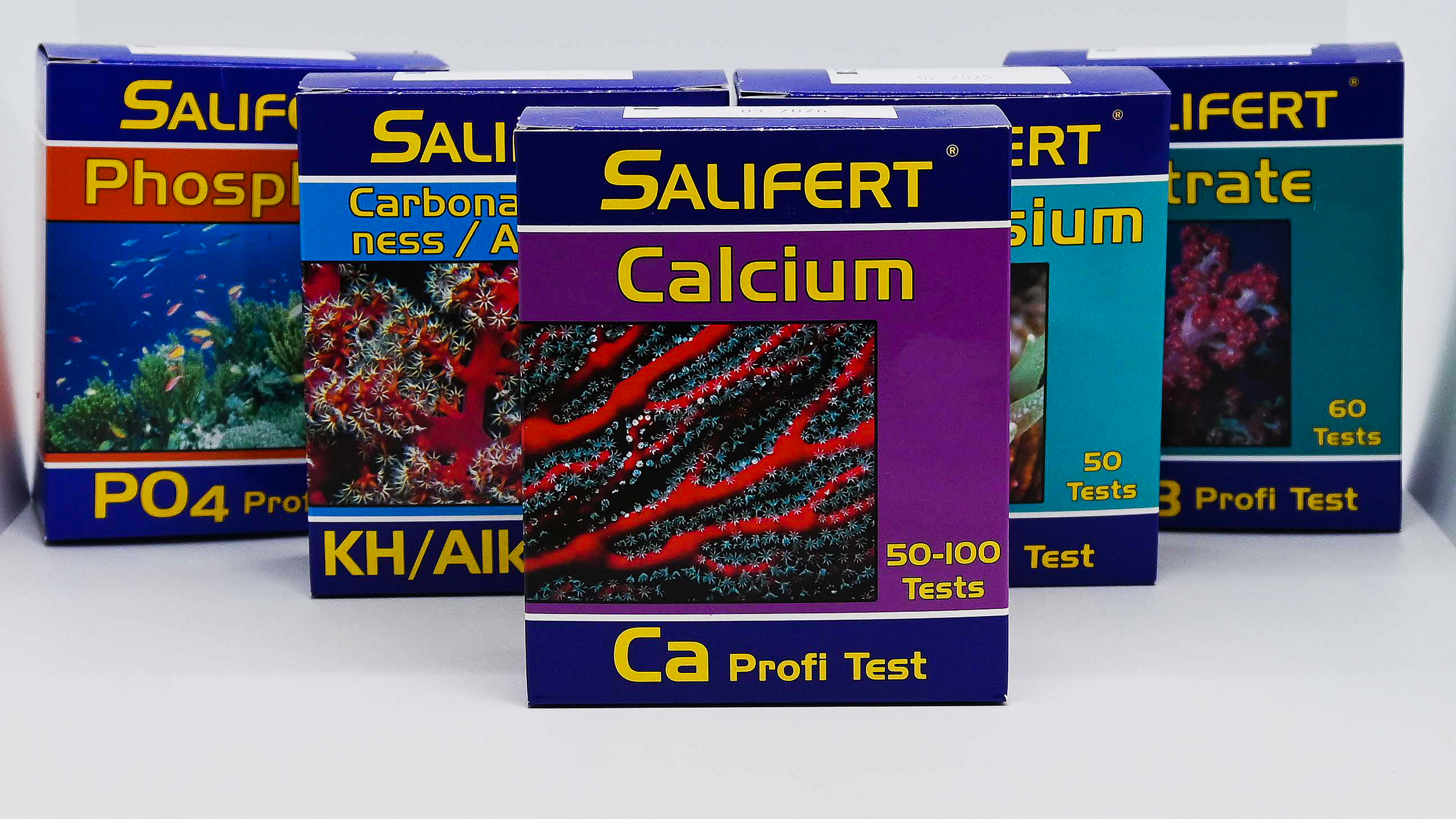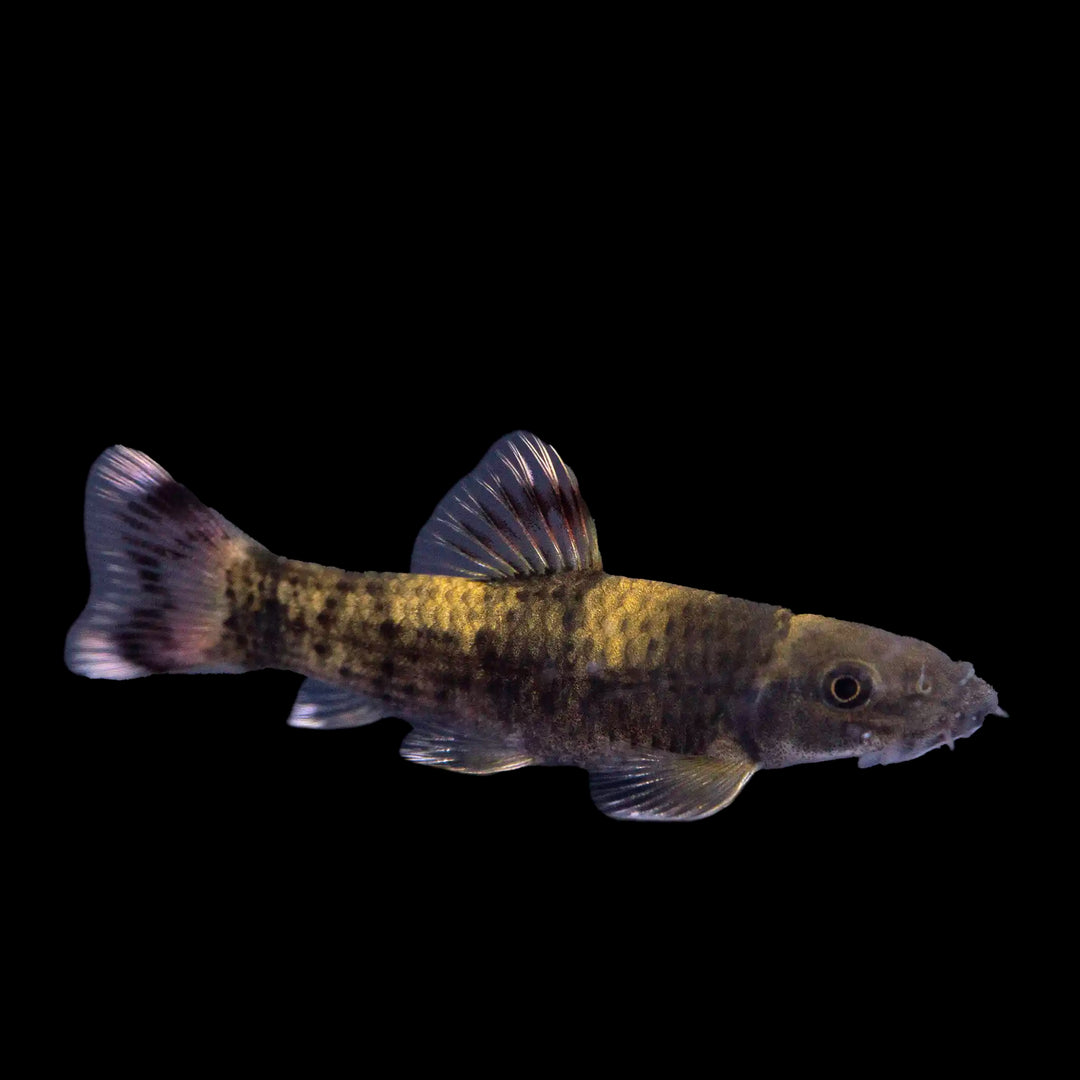
Panda Garra - Garra flavatra
- In stock, ready to ship
- Backordered, shipping soon
The Panda Garra (Garra flavatra) is an intriguing freshwater fish known for its unique panda-like coloration and playful behavior. This species is admired in the aquarium hobby for its distinctive appearance, active nature, and adaptability, making it an excellent choice for community tanks.
Description:
• Common Name: Panda Garra
• Scientific Name: Garra flavatra
• Family: Cyprinidae
• Size: Up to 4 inches (10 cm)
• Color: Pale yellow to white body with bold, dark stripes and spots resembling the pattern of a panda, giving it a distinctive and eye-catching appearance.
Native Region:
The Panda Garra is native to the rivers and streams of the Indian subcontinent, including regions in India, Bangladesh, and Sri Lanka. These areas are characterized by clear, fast-moving waters with a moderate to high flow and varied substrate.
Aquarium Setup:
• Tank Size: Minimum of 30 gallons (113 liters) for a small group
• Water Parameters:
• Temperature: 72-78°F (22-26°C)
• pH: 6.5-7.5
• Hardness: Moderately hard to hard water (5-15 dGH)
• Substrate: Gravel or sandy substrate; a well-aerated tank with plenty of hiding spots and open swimming areas
• Diet: Omnivorous; feed a varied diet of high-quality flakes, pellets, and live or frozen foods such as worms, brine shrimp, and daphnia. They are also known to graze on algae and biofilm.
Care Level:
• Difficulty: Moderate
• Temperament: Generally peaceful but can be territorial; best kept in groups of 4 or more to reduce territorial behavior and enhance schooling
• Lifespan: 5-8 years
• Breeding: Breeding in captivity is not well-documented; typically, spawning occurs in the wild under specific conditions
Additional Tips:
• Tank Mates: Suitable for community tanks with other medium-sized, peaceful species. Avoid keeping with overly aggressive or much larger fish that may intimidate or outcompete the Garra.
• Behavior: Panda Garra are active and social, enjoying the company of their own kind and displaying natural foraging and grazing behavior.
• Water Quality: Ensure good water quality with regular water changes and effective filtration to keep the fish healthy and vibrant.





